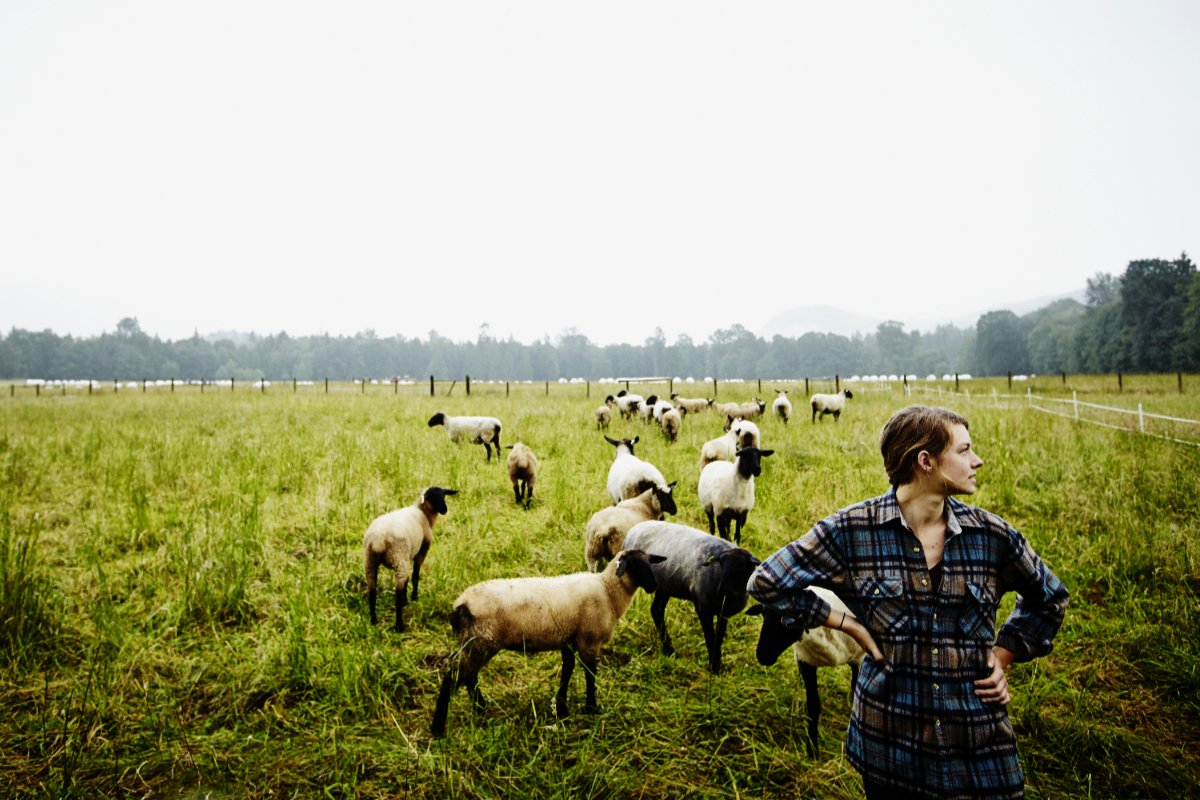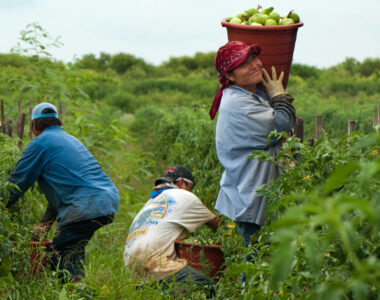
What We Know So Far
USDA’s Farm Service Agency has identified 59 Tennessee counties eligible for assistance under the Emergency Livestock Relief Program to help cover elevated feed costs resulting from flooding associated with Hurricane Helene. The aid targets livestock producers who saw their expenses rise due to flood damage.
These eligible counties span much of West Tennessee and several in East Tennessee. The program can cover up to 60% of three months’ feed costs, with a cap of $125,000 per producer per program year. Producers already paid the maximum under other USDA disaster programs (like for drought or wildfire) cannot receive overlapping payments under this relief.
Why This Relief Matters
Livestock producers in Tennessee faced steep cost increases after Helene’s flooding. Fields that normally provide pasture or feed were disrupted, transport routes became unreliable, and feed supply chains grew strained. In such cases, feed costs can eat into margins quickly.
This relief injects liquidity where it’s most needed. By covering part of the added feed expense, USDA helps producers avoid deeper debt or premature herd reductions. The financial cushion can allow farms to maintain operations during recovery, rather than cutting back drastically.
How Affected Farms Can Access Help
Producers in the designated counties do not need to submit flood documentation to qualify if their county is pre-selected. For producers in counties not automatically eligible, they may still apply—but must provide documentation proving a qualifying flood or wildfire occurred in the county where their livestock were located. Applications opened on Sept. 15 and will close Oct. 31.
Eligible livestock includes beef or dairy cattle, buffalo, bison, llamas, goats, sheep, deer, elk, and other qualifying species.
What the Relief Doesn’t Do (and Limits)
- This is not a general disaster payment — it specifically addresses feed cost increases from flood damage.
- The coverage is limited to three months.
- Producers who have already maxed out other disaster relief programs may not qualify for additional payments under this program.
What It Means for Tennessee Agriculture & Beyond
This program gives affected farmers breathing room. Instead of being forced into selling livestock or reducing herd size, they gain time to rebuild. It also signals that USDA is willing to respond more precisely with support tailored to particular losses—here, feed costs tied to flood conditions.
In communities, this relief helps stabilize local economies that depend on livestock operations—feed suppliers, veterinarians, transporters, and more. Keeping farms intact maintains jobs and the local food supply.
How Consumers Can Help
While this livestock relief is government-driven, local support matters. When consumers shop directly from farms in their region, more dollars stay local. Platforms like Farm Trader make that direct connection possible. The more consumers use Farm Trader, the more farmers can recover and sustain operations in times like these.



